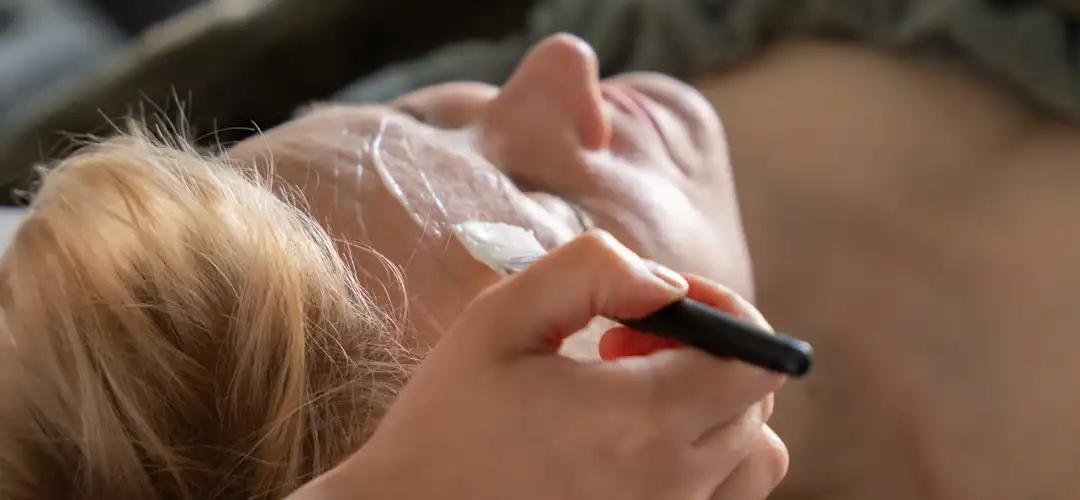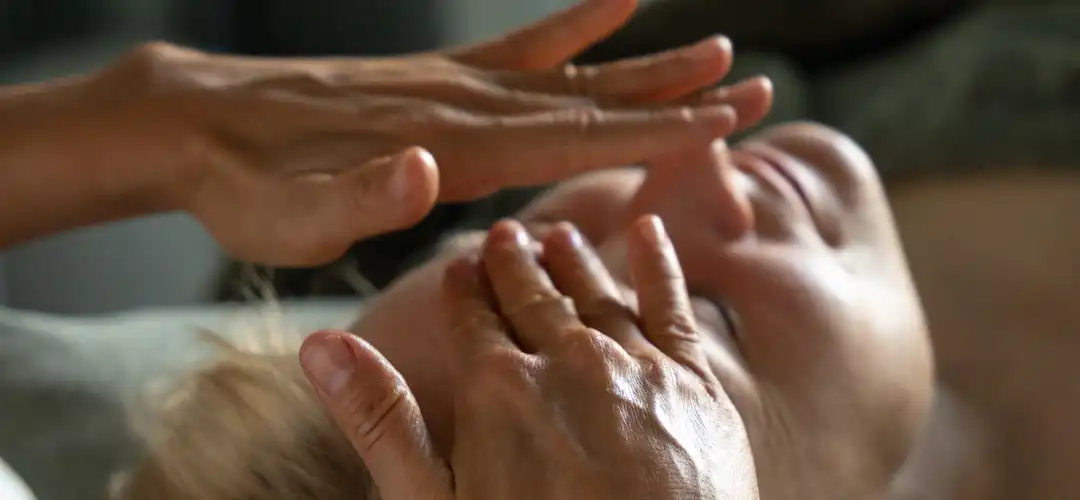
There are several basic skin types. These are normal, dry, seborrheic (oily), sensitive, atopic, acne, mature. Most of these types do not occur alone, and the problem with their basic classification becomes more complex.
When we are children, we usually do not have skin problems, they appear with puberty or simply with age. At each stage, the skin struggles with various ailments and has its better and worse days. It changes during the menstrual cycle, on vacation, during or after an illness, after stressful situations, after saying goodbye to a loved one, lack of sleep, changes in place of residence. The factors I have mentioned are only a small part of them, which affect the functioning of our body. This is our life. It consists of beautiful moments, but there are also inevitable moments. If, on top of that, all or at least some of them coincide at one time, the results are even more powerful. This whole reflection of your health, physical and mental state of your body, has an impact on how your skin looks. For me, its condition is a map, a signpost, feedback on the current health of the patient. And that is why the selection of care for the current health state and needs of your skin changes depending on its needs and is important.
Normal skin is a childhood period. It happens that its condition lasts until the age of 25, when the first aging processes of the body begin to occur. This type of skin does not cause major problems. It has a nice color, is soft, firm, pores are not visible and usually only basic care is needed.
Dry skin can be caused by several factors, including age, when the functions of the hydrolipid coat responsible for its hydration begin to weaken. Dry skin can be atopic and sensitive skin, but this is not the rule. Burning, itching, flaking may occur and then the problem is definitely more complex. The exclusion of environmental factors that can affect its condition may additionally indicate disorders on the part of the body. This is demanding skin.
Seborrheic skin has impaired functions of the sebaceous glands due to overproduction of sebum. This overproduction is accompanied by blackheads. This process may be related to the structure of the gland itself, an inappropriate diet, hormonal imbalance and additional environmental factors. Seborrheic skin may also be sensitive and may have problems with redness. It may be accompanied by skin eruptions in the form of pimples, lumps and then the problem begins to be much more complex. This is demanding skin.
Acne skin may be accompanied by all of the above-mentioned symptoms, with additionally pimples, pustules, lumps, nodules or cysts. Acne is a disease entity and may have different stages and developmental processes. The factors of acne formation are different and usually complex. Acne may worsen, among others. through environmental factors, stress, diet, medical conditions and hormonal imbalance. If, in addition to this, there are problems with dilated blood vessels, redness, dryness, burning, it may be a sign of rosacea, which is usually acne of adulthood. This is demanding skin.
Mature skin. After the age of 25, our body begins to age. The first signs of ageing begin to appear on the skin of our face, the first visible lines, wrinkles, the skin under the eyes and on the whole face begins to become increasingly flaccid due to the slow atrophy of the sebaceous glands. The first signs are the least noticeable. The next symptoms of ageing appear after the age of 30, then after the age of 40, 50, etc. The first ones are more noticeable to us at the age of 30, 40, 50. The cells of our body slow down the intensity of their work, some of them become impaired with age. In addition, there are hormonal changes in the body, which contribute to increased organ dysfunctions, including the skin. With all this, there may be problems with dilated blood vessels, seborrhea, dryness, redness or acne. This is a demanding complexion. Prevention, in this case, is of great importance and as the years go by, it needs different treatment at each stage of our lives.
READ ALSO

CARE MASKS
After peeling, you can repair the care mask. If your skin is sensitive or you are familiar with it, ask your...

TYPES OF PEELS
In addition to daily care, it is worth supporting the skin of the face, neck and cleavage with additional treatments...
